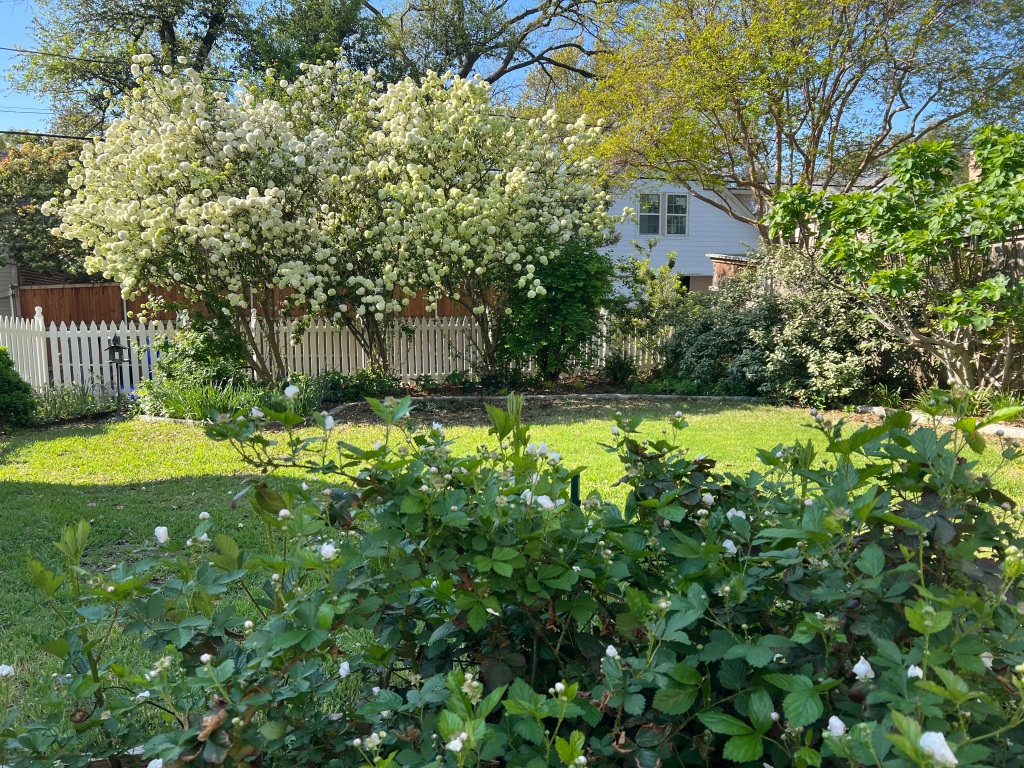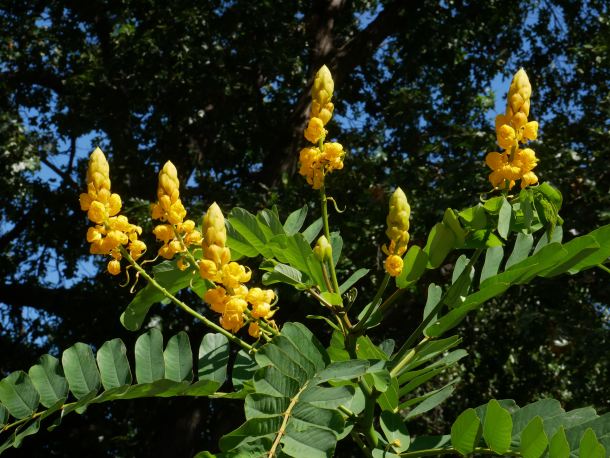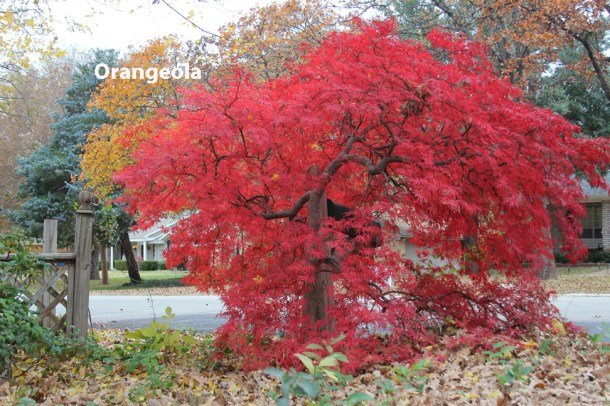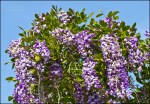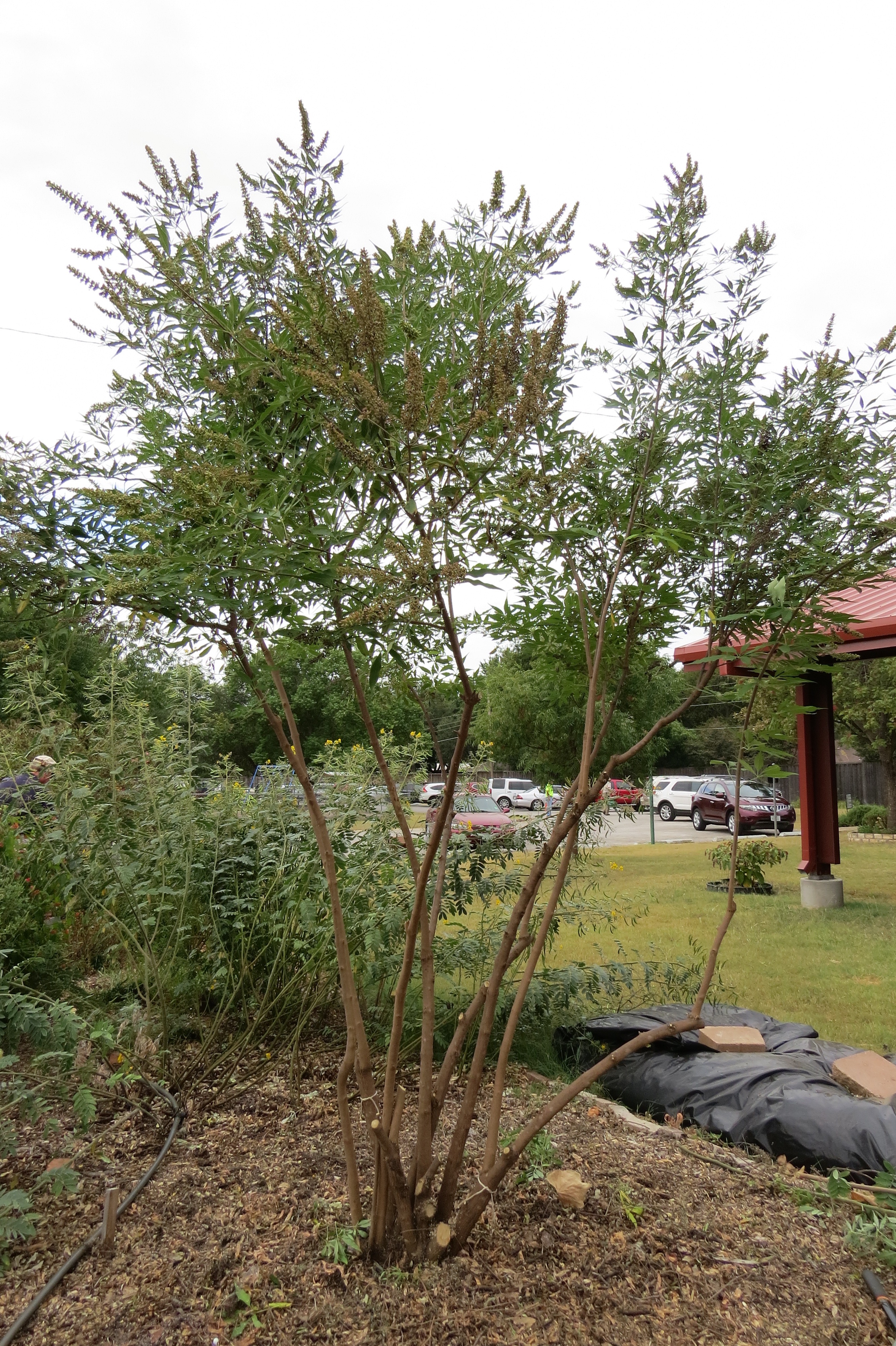Tornadoes ripped through Dallas, October 20, 2019. What a loss for our city when you count property destroyed and trees uprooted or damaged.

Many of our beautiful trees were destroyed.
Eric Larner, Dallas County Master Gardener and Citizen Forester and Steve Houser, also a Dallas County Master Gardener and President of Arborilogical Services discuss what happened and what to expect in the paragraphs below. They also remind us-we have a lot of tree planting ahead!
Eric, do you have anything you would like to tell the readers of our blog about trees after the tornado?
Have there been any estimates of the loss in terms of trees? I wonder what percentage of our tree canopy in Dallas was destroyed?
What recommendations would you give?
Maybe we should have a class so people could come ask questions and see our tree selection.
Ann Lamb
From Eric Larner-Great questions – Of course, the damage a tornado (100+mph winds) against ANY tree is almost always 100% fatal to the survival of the tree no matter the size of the tree. But tornados take weird and strange paths(i.e. total destruction on one side of the street and very little damage on the other side).
I would refer you to Steve Houser on estimates of destruction to the city’s overall tree canopy. I do know that to replace the benefits of one very LARGE tree( 40-50” caliper) takes 150+ 3” trees planted and that would take around 25+ years to achieve. So you see, we will need to plant a lot of trees in our city.
A neighborhood class talking about medium – large shade trees would probably focus on alternative choices to red oaks and live oaks in the metroplex.
Eric Larner
From Steve Houser-As Eric noted, the damage often follow unusual paths. We had a storm in late June with 70 MPH winds that damaged properties in south Richardson all the way to downtown Dallas. One of the ten recent tornados contained over 140 MPH winds that took out houses and most (or all) of the trees on a property. Many huge Oaks were blown over and those that survived often had extensive damage.
Eric’s notes are accurate calculations regarding how long it takes to replace the biomass (or foliage) of one large tree. Although it replaces the biomass in 25 years, it does not replace a cool and old tree for around 100 years.
If you consider the losses from both the events noted above, a guess at the loss in canopy cover would be between 4 to 5%. Although it does not sound extensive, it was easily over 100,000 trees lost or damaged.
Trees lost or damaged included up to 90% of the canopy coverage in specific areas with 140 MPH winds and less in areas with 60-100 MPH winds.
We have handouts on recommended species. As Eric noted, Raincatcher’s Garden is a great demonstration garden for some of the choices.
- It is always best to check with a consulting arborist and ask for a full assessment of all trees. Keep in mind that it may take some time to get them out but they can help to detect trees that can fail structurally in the future and determine the best course of action for a damaged tree.
- DCMG`s have already been taught about cabling/bracing, reducing end weight on long limbs and determining weak forks in trees, to help reduce future damage or losses.
- If a tree lost 20-30% of its foliage, it may be salvageable and recover.
- If a tree lost 40-60% of its foliage, it will never look the same again but may have a chance to survive.
- If a tree lost 70-100% of its foliage, most arborists recommend removal and replacement. However, if the primary branching structure is not severely damaged, they will not look good but some of them can be saved. Some folks may leave the tree for a year or two to see if it grows back and how it looks. In some cases, another tree or two will be planted nearby and to possibly replace the damaged tree at later date.
Steve Houser
The Raincatcher’s Garden will host a tree class in early 2020.
As Eric said, it will be about tree selection, and also care of trees.
We will announce the date of the class in January, 2020.
To read some of our previous material about tree care, click on the links below.
Pick a New Landscape Tree
Ornamental Trees for Texas
Berms and Tree Planting at Raincatcher’s
When and Why to Plant Trees
Thank you, Eric and Steve.
